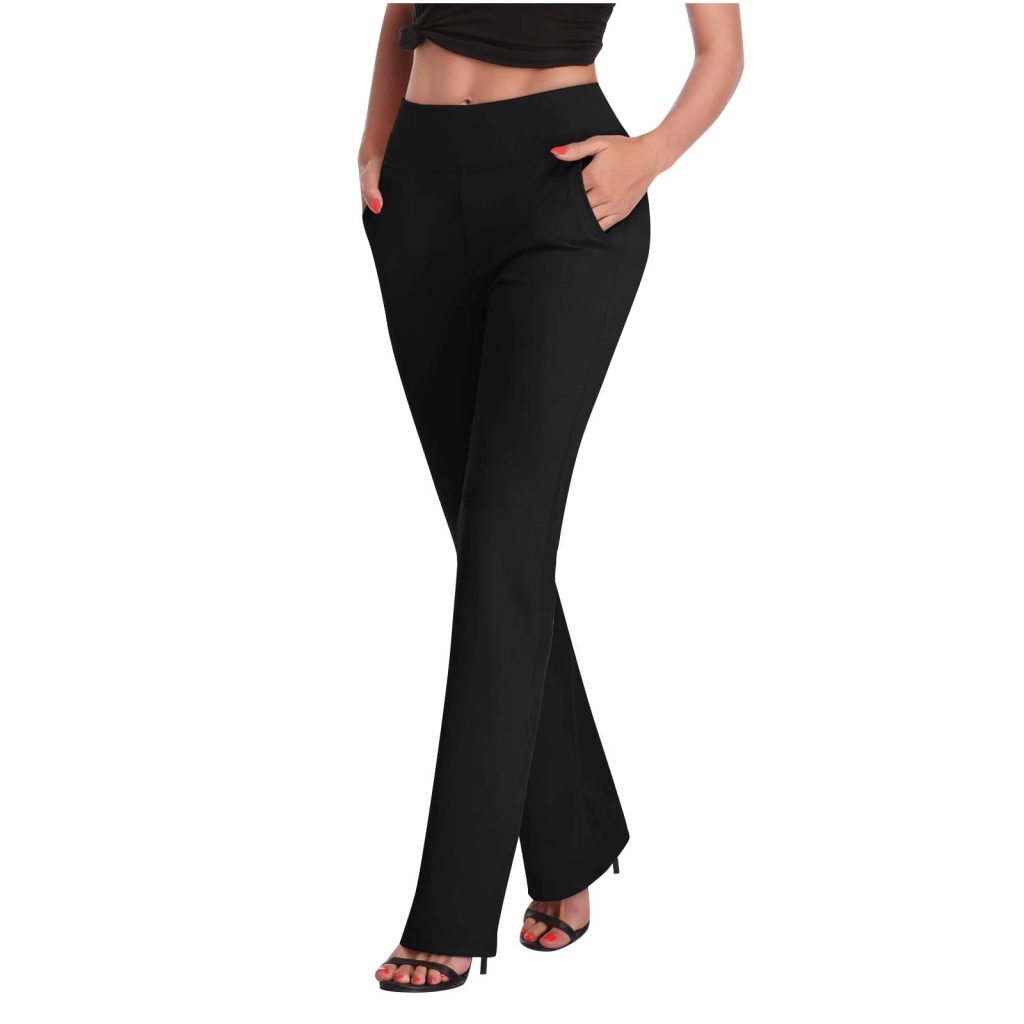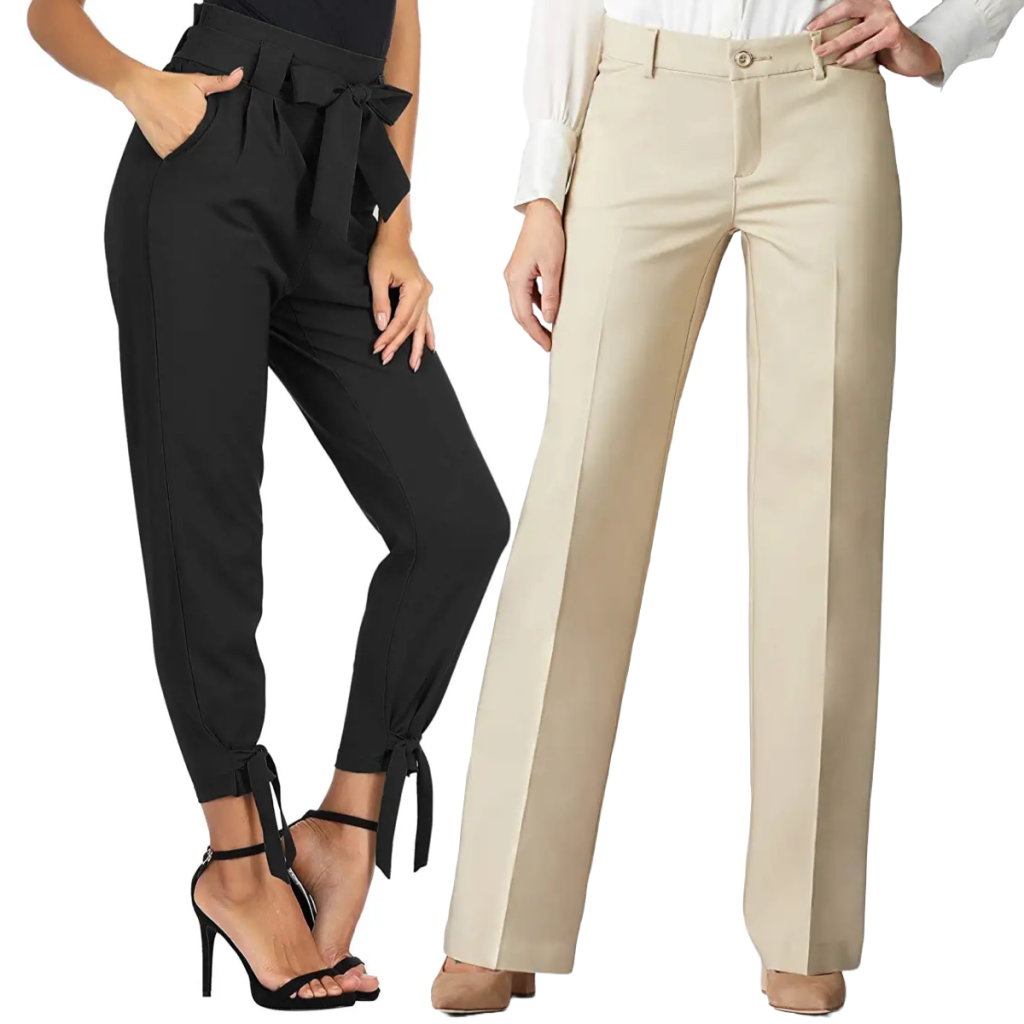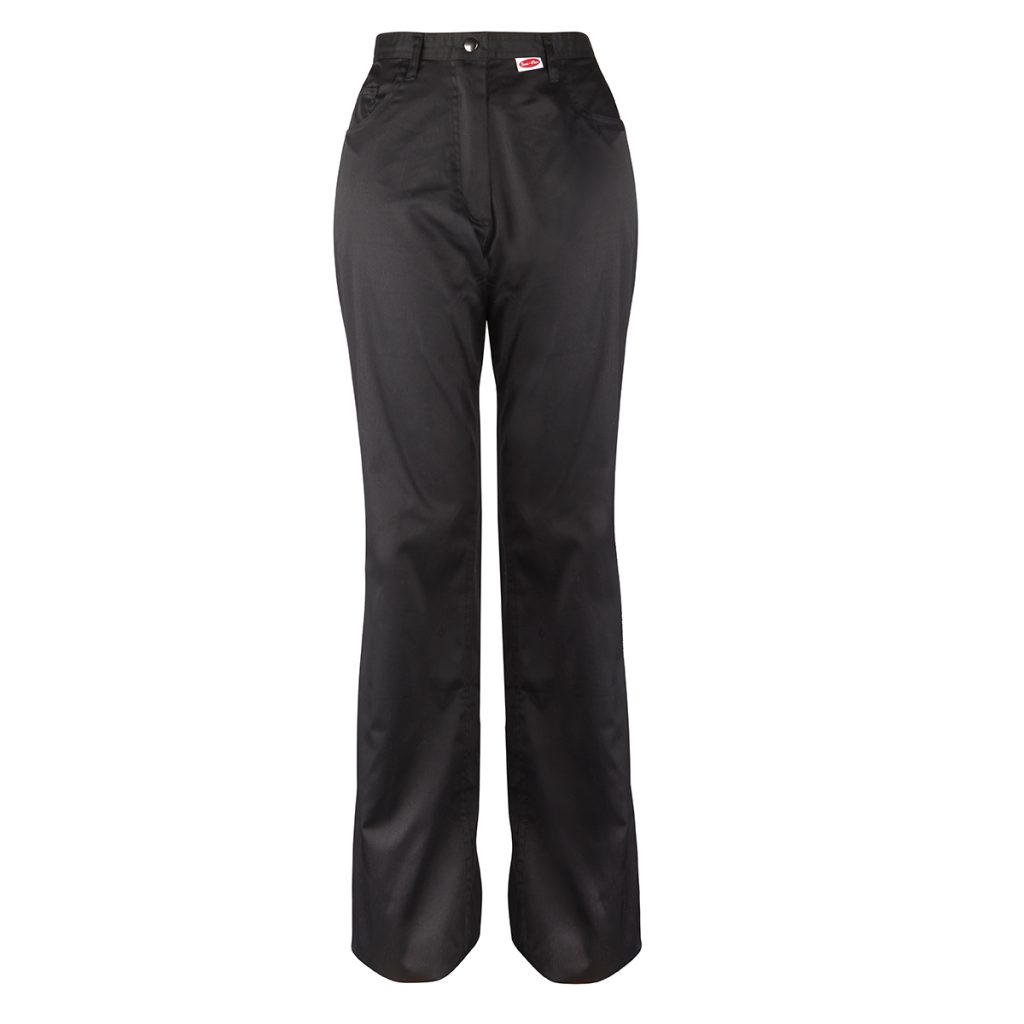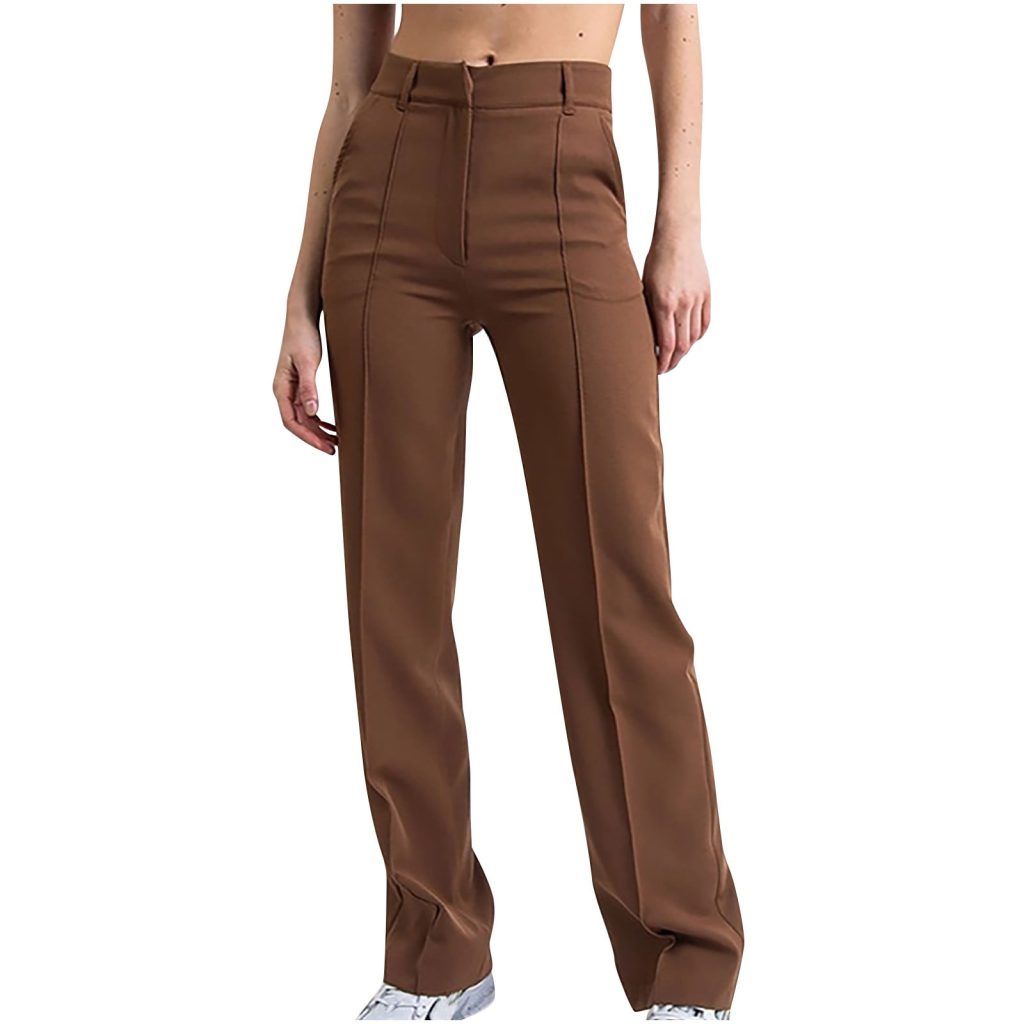How to sew hole in pants? Mending a hole in your pants is not only a practical skill but also an opportunity to infuse new life into a beloved garment. Whether it’s a small tear in the knee or a gaping hole at the seam, learning to sew holes properly can save you money and reduce waste. Here’s a detailed guide on how to mend holes in pants, ensuring a sturdy and nearly invisible repair that extends the lifespan of your clothing.

Assess the Damage
Before you begin, carefully inspect the hole to determine its size, location, and the surrounding fabric condition. Small holes might require a simple patch, while larger ones might need more extensive reinforcement. Also, note if the hole is on a seam or in the middle of the fabric, as this will influence your approach.
Gather Your Supplies
To mend a hole, you will need:
- Needle and Thread: Choose a thread color that matches the fabric as closely as possible for an inconspicuous repair. If you can’t find an exact match, opt for a slightly darker shade rather than a lighter one, as it will blend in better.
- Fabric for Patching (optional): For larger holes, you may need a scrap of similar fabric. Ideally, use a piece from the same dress pants or an unseen area to maintain consistency.
- Scissors: Sharp scissors are essential for trimming threads and cutting fabric patches.
- Iron and Ironing Board: Pressing the fabric before and after sewing helps achieve a professional-looking result.
- Straight Pins: These are useful for holding fabric in place while you sew.
- Seam Ripper (if repairing a seam): This tool is handy for opening up the seam around the hole to access the damage.
- Fusible Interfacing (optional): For added reinforcement, especially around high-stress areas, fusible interfacing can be applied to the wrong side of the fabric before sewing.
Prepare the Area
- Wash and Dry: Clean the pants to remove any dirt or oils that could interfere with the repair. This also pre-shrinks the fabric to prevent further distortion post-mending.
- Press the Fabric: Iron the area around the hole to flatten any wrinkles, which will make sewing easier and neater.
Patching Large Holes
- Cut the Patch: If you’re using a patch, cut it slightly larger than the hole, rounding the corners to reduce the risk of peeling. Apply fusible interfacing to the patch’s wrong side, following the manufacturer’s instructions.
- Position the Patch: Place the patch on the inside of the pants, aligning it with the hole. Pin it securely in place.
- Fuse or Baste: If using fusible interfacing, follow the heat settings to bond the patch. Otherwise, baste (loosely sew) around the edges of the patch to hold it temporarily.

Sewing the Hole
Starting Point:
Begin by threading your needle with a double length of thread and knotting the end. Insert the needle from the inside of the ripped pants, coming up through the fabric just outside the hole.
Stitching Patterns:
Depending on the hole’s location and the fabric’s thickness, you can use various stitches:
-
- Whipstitch: Ideal for reinforcing edges, this stitch goes over the edge of the fabric.
- Running Stitch: Suitable for lightweight fabrics, sewn on both sides of the hole edge to form an invisible repair.
- Slip Stitch: For an invisible mend on seams, slip stitch involves sewing between the layers of fabric.
- Secure Stitching: Make small, even stitches, ensuring they’re tight enough to hold but not so tight that they pucker the fabric. Work your way around the hole, being careful to catch both sides of the fabric or the patch.
- Finish and Knot: When you reach the starting point, tie off the thread securely on the inside of the pants. Trim any excess thread.
Finishing Touches
- Press Again: Give the repaired area a final press with a warm iron to set the stitches and smooth out any remaining wrinkles.
- Check for Strength: Gently tug on the area around the repair to ensure it’s secure. If necessary, reinforce with additional stitching.
Prevent Future Damage
Consider reinforcing high-stress areas like pockets, crotch, and knees with additional stitching or patches to prevent future holes.
Advantages of pants women
Women’s pants have become a cornerstone of modern fashion, transcending their utilitarian origins to embody versatility, comfort, and style across diverse settings. From the boardroom to casual weekends, women’s pants offer a myriad of advantages that cater to individual tastes, body types, and lifestyle needs.
1. Versatility in Style
Women’s pants come in a vast array of cuts, lengths, and designs, making them incredibly versatile fashion staples. From classic tailored trousers that exude professionalism to casual jeans perfect for relaxed days, there’s a pair of pants to suit every occasion. Skinny jeans, cargo pants popular, culottes, joggers, and palazzo pants each offer unique silhouettes, allowing women to express their personal style while adapting to different environments and trends.

2. Comfort and Freedom of Movement
Comfort is paramount in women’s pants, with fabrics ranging from soft cottons and breathable linens to stretchy blends that accommodate dynamic movements. The evolution of activewear materials has also infiltrated everyday wear, providing pants that not only look good but also feel good, whether you’re commuting, working, or engaging in physical activities. Elastic waistbands and adjustable features further enhance comfort levels, ensuring a personalized fit.
3. Professionalism and Polished Appearance
In professional settings, tailored pants provide a polished appearance, rivaling the traditional skirt-suit in terms of formality. Offering a sleek silhouette, they can be paired with blouses, blazers, or tucked-in shirts to create a powerful and confident look. Dress pants in neutral hues or pinstripes are versatile enough for various corporate environments, projecting professionalism without compromising on style.
4. Body Positivity and Inclusivity
The range of sizes and styles available in women’s pants celebrates diversity and promotes body positivity. High-rise, mid-rise, and low-rise options cater to individual preferences and body shapes. Brands increasingly offer extended size ranges, petite and tall lengths, and inclusive designs that accommodate different physiques, ensuring every woman can find a pair that flatters her figure and boosts confidence.
5. Climate Adaptability
Women’s pants are designed to suit varying climates and seasons. Lightweight materials like linen and chiffon are ideal for hot summer days, while winter-ready fabrics such as wool and corduroy provide insulation during colder months. Layering options, like wearing leggings under dresses or pairing trousers with thick socks and boots, further extend their wearability across different weather conditions.
6. Functionality and Practicality
Pants offer practical advantages over other forms of lower-body attire. Pockets, a feature often overlooked in women’s clothing, are generously incorporated in many pant designs, providing a convenient place to store essentials like phones, keys, or a wallet. Some pants even feature hidden pockets for added security. The durability of materials and reinforced stitching in areas prone to wear ensure pants withstand daily wear and tear.
7. Fashion Forwardness
Fashion designers continuously innovate with women’s pants, incorporating trends such as bold patterns, statement colors, and unique textures. High-fashion runways regularly showcase pants as central pieces, demonstrating their enduring relevance and potential for high style. This constant evolution keeps women’s pants fresh and exciting, encouraging experimentation and personal expression.

Conclusion
Repairing holes in your pants not only saves you from discarding a perfectly wearable garment but also adds a touch of personal care and character to your clothes. With a little patience and attention to detail, you can successfully mend holes, extending the life of your favorite pants and contributing to a more sustainable wardrobe. Remember, practice makes perfect, and each successful repair strengthens your sewing skills and your love for clothes.
Tags: hole in pants, Pants, women's pants